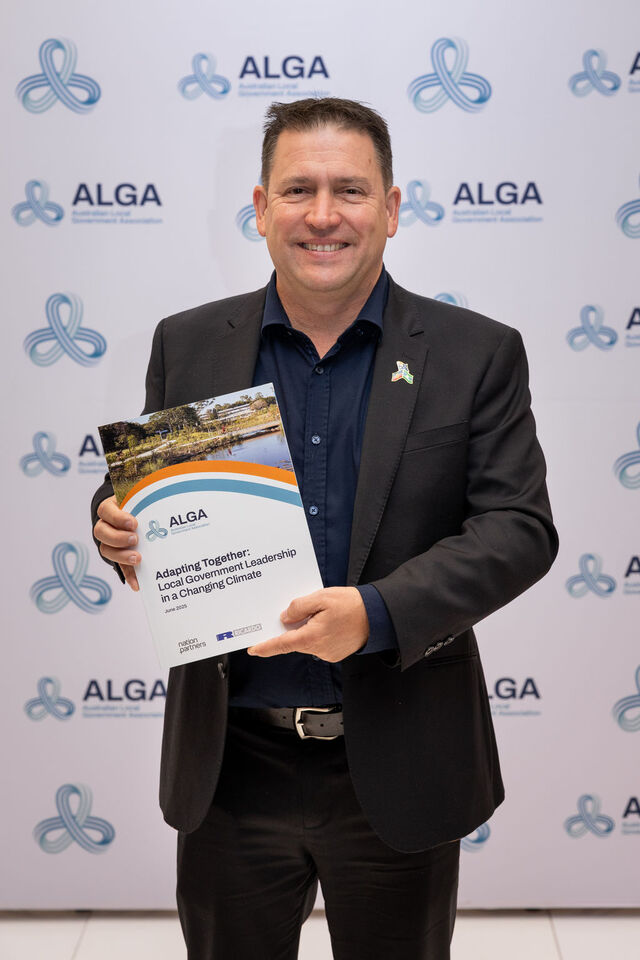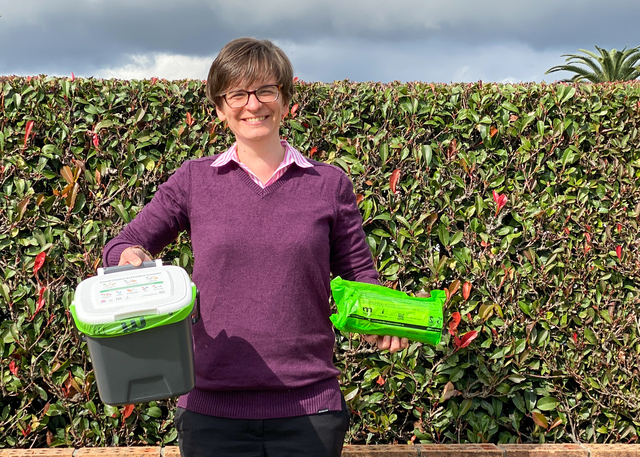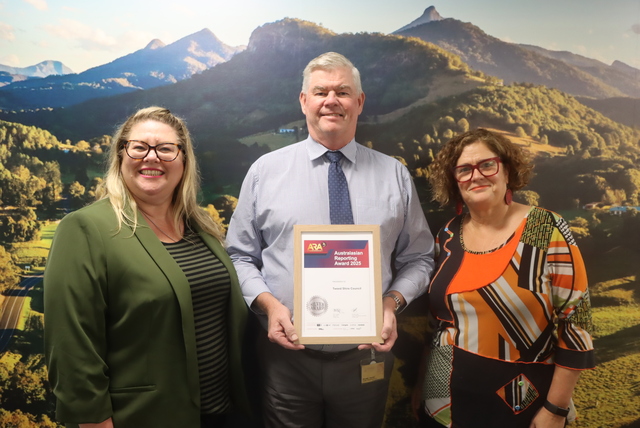By Rob Wilson *
A mindset change is involved in moving from the management of ‘assets and resources’ to the ‘delivery of services’. The transition does not necessarily involve dramatic changes in what people do. It has more to do with constant revaluation of why people do what they do.
Managing assets and resources at its simplest level is about applying your resources to manage your assets to the highest standard possible within the constraints of the resources available.
Delivering services is about the following.
- Identifying whom you are delivering the services to your customers.
- Identifying what services your customers actually want.
- Identifying your organisational, statutory and other requirements.
- Tailoring your service delivery to meet the above requirements.
- Feedback to your senior management and customers that this is what you are doing.
- Resource and asset requirement tools to attain the financial resources required to deliver the services
- Constant two way dialogue with your staff to ensure they are constantly aware of the objectives of the department and they are listened to and make a positive contribution.
- Measuring your performance to ensure your services remain attuned to all of the above.
A service delivery management paradigm is heavily dependant on up to date information to keep it in ‘tune’ and therefore relevant to current requirements and into the future. To make this happen the manager needs the information to be collected as an integral part of daily operations.
Systems and tools to quickly and comprehensively analyse the information are a distinct advantage to ensure timely, accurate and consistent analysis. This is particularly important in the preparation of budgets and whole of life accounting, which have traditionally been very time consuming and expensive processes.
A software system running on networked computers is the obvious solution, provided it is relevant to the requirements of the organisation and the people using the system.
Imagine the possibilities! You have instant information on the status of everything happening in your department. Every asset, every tree is there in the system and viewable on a GIS map in front of you. In a mouse click you have drilled down to its details.
You know instantly the full life cycle history of every asset including maintenance, audits, complaints, bookings, refurbishment and when it is due for retirement. Your CEO wants costings on next year’s asset replacement program or building vandalism costs last year. It’s on his/her desk in minutes, and it’s accurate.
A key element of a successful system is the acceptance by staff of the practical benefits of using the system. Regular activities such as routine maintenance should require minimal user input, so it does not feel onerous.
Once maintenance is scheduled the information feedback should be by exception so only the exceptions to the schedule need recording. This dramatically minimises user input but still accurately records the work done and cost against each asset, asset category or all assets, all automatically.
Asset data entry and auditing and inspections should also require minimal user input.
Adding/editing or auditing assets in the field, direct into a field computer with merge utilities back into the main system facilitates this objective.
The use of mapping palettes of common assets complete with default textural data also assists in minimising user effort. Customer service operators can comprehensively answer many enquiries from the system, enabling technical staff to concentrate on their work. Where action is required, they simply forward the issue to the appropriate team. The system then tracks the issue to its resolution complete with all associated costs.
A well-designed system can also store such things as who the appropriate team is so casual users with little knowledge of the organisation can effectively use the system with minimal training.
A quality service delivery system integrates asset management with operations management and customer use/perceptions of the services provided. When combined with analytical reporting for ongoing decision making the services can be delivered in a cost efficient manner and maintain relevance to the customers requirements.
* Rob Wilson is Managing Director of Parks Management Systems.







